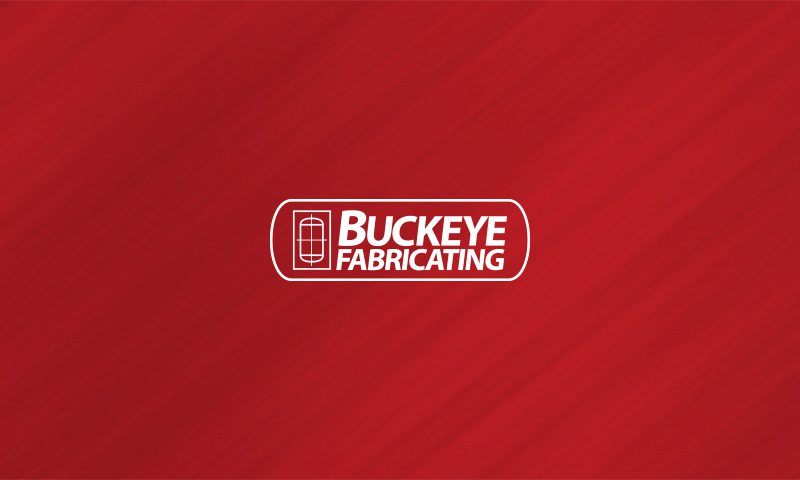Despite there being many possible materials to choose from when conceiving a pressure tank, it’s important to take a step back before initial design and consider a few key points. These include the environment where the pressure tank will be installed, its operating conditions, the availability of a suitable manufacturer and manufacturing complexity.
Working Environment
As you want to avoid external corrosion and damage, it’s paramount to assess the working environment. If it’s damp, it’s wise to avoid an unpainted carbon steel tank. Likewise, if the tank is to be buried, ensure it’s built of a material that provides adequate service life in those conditions. Also consider physical characteristics: for example, a light plastic pressure tank may not be a good choice in an area where accidental damage from moving machinery is possible.
Operating Conditions
Review operating conditions against the characteristics of the material. These include the content’s concentration, purity and temperature. Some materials withstand attack from strong acids at low temperatures, but lose resistance at high temperature. Additionally, the presence of air and water vapor accelerates corrosion. A careful review of operating conditions is wise before selecting pressure tank materials.
Availability Of Skills
All pressure tank fabricators must be accredited by ASME. The accreditation applies to certain processes, so a carbon steel tank manufacturer may not have the ability to manufacture an aluminum tank. Because specialist skills are scarce, it may save time and expense to speak to local fabricators and choose tank materials they can work with rather than unusual materials requiring specialist skills.
Manufacturing Complexity
Also be careful of complex manufacturing processes. It’s relatively easy to manufacture plastic tanks, but much more difficult to weld dissimilar or exotic materials. Similarly, a carbon fiber lined tank is great if weight is a consideration, but the manufacturing process is more complex.
Code Approval
All pressure tanks must be built in accordance with the appropriate code requirements of the state or country that it will be installed in. Usually this requires compliance with ASME Section VIII, Division 1. It’s also essential that the fabricator has ASME certification for the work that is to be done, while some states have additional requirements that must be satisfied. The correct material selection allows you to obtain a pressure tank that meets technical requirements at the most economical cost.



 ASME Informational
ASME Informational Tank Materials
Tank Materials